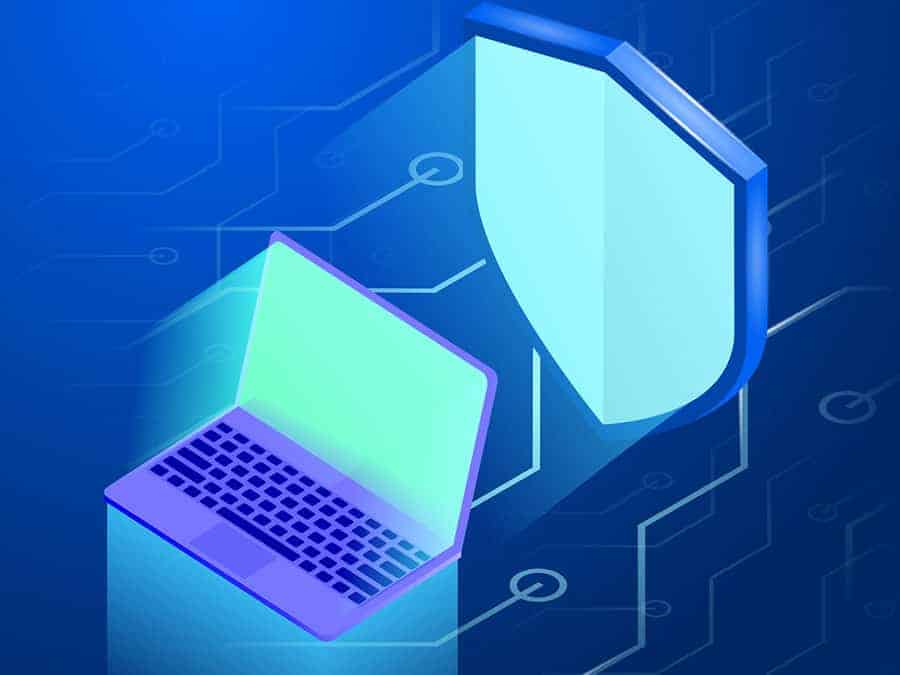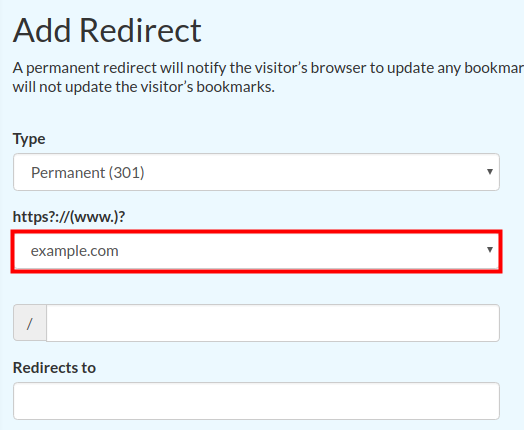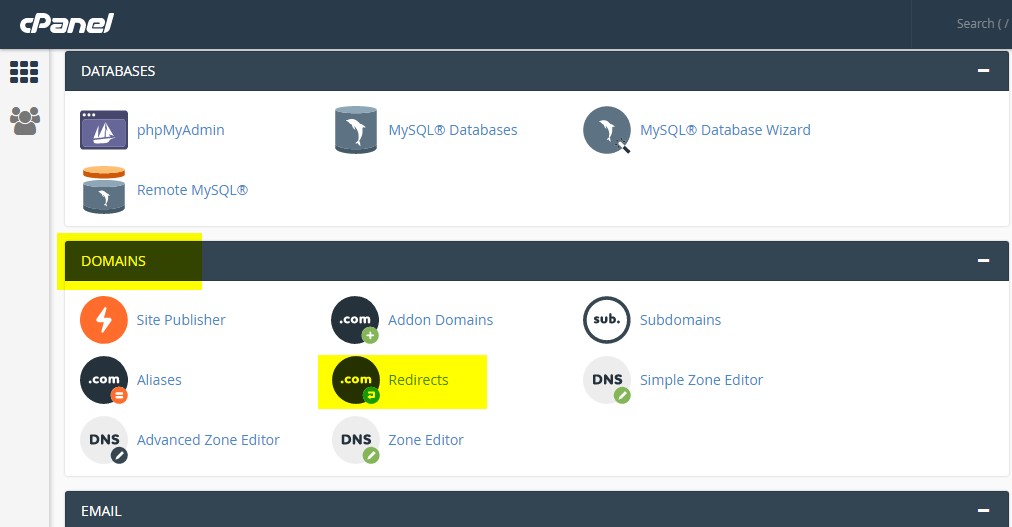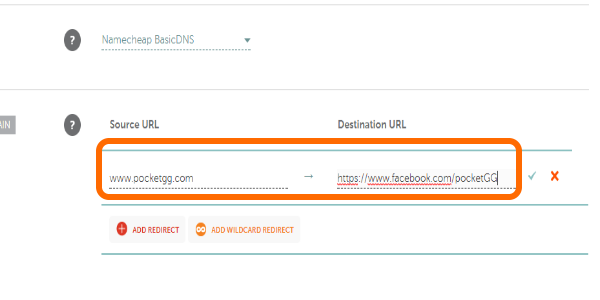

Find the ini setting called ServerTasks in the file.Ĥ. Add the following ini settings: iNotes_WA_EnableEE=1, iNotes_WA_LiveText=1, iNotes_WA_Widgets=1, iNotes_WA_OpenSocial=1.ģ. Navigate to your Domino installation directory and open the notes.ini file.Ģ. In order to enable the OpenSocial functionality in iNotes you need to add a couple inis to your notes.ini file on your Domino server.ġ. Notes.ini Settings For Your Domino Server
#REDIRECT DOMAIN TO WEBDROP INSTALL#
Note: You will need a Domino Administrator and Domino Designer client to complete the configuration so please make sure you install those as well. For more detailed information on installing the OpenSocial Component, see the cookbook’s installation instructions.Īfter the installation completes and you have walked through the initial setup steps for your Notes client and Domino server, launch the Domino server and the Domino Administrator client. All of the OpenSocial functionality for iNotes is within the iNotes Forms file which is installed by default with your Domino 9 server. For Notes the OpenSocial Component is included as part of the Notes installed and can be enabled during the Notes installation process.

For Domino there is a separate installer which adds the OpenSocial Component to Domino. After you complete the steps below you should be able to render OpenSocial gadgets as standalone applications or as embedded experiences in email and URL embedded experiences (which is used to provide embedded experiences from XPages).įor a development environment the installation topography is fairly simple you just need one Domino server and one Notes client, both of which can be installed on the same machine if you would like. We will be setting up a single Domino server that will act as our mail server and gadget rendering server. The goal of this article is to provide the minimal number of steps necessary to install and configure the OpenSocial Component on IBM Notes and Domino 9.0.x. You should reference the cookbook if you have any questions while following this article. At the end of each section in this article we link back to the section in the Cookbook that provides more details on the steps you just completed. This article is not meant to replace the Cookbook but instead is meant to complement it. In most cases the level of detail in the Cookbook is more than a developer would need to setup their own environment. A deep dive on the configuration that needs to be done can be found in the IBM Domino 9.0 Social Edition OpenSocial Component Deployment Cookbook.

However as a developer you need an environment to test your gadgets in Notes and iNotes but configuring a development environment can sometimes be challenging for developers (after all most of us aren’t admins!).

In addition to embedded experiences, the OpenSocial Component now makes it possible to build web applications, called gadgets, that run in IBM Notes 9.0.x, IBM iNotes 9.0.x, and in most cases IBM Connections 4.x. Support for OpenSocial gadgets was introduced in IBM Notes and Domino 9.0 with the introduction of the OpenSocial Component and it opens up a world of possibilities for developers, most notably the ability to leverage embedded experiences in email in IBM Notes and iNotes. 3.12 Create A Security Settings Document.3.11 Create A Desktop Settings Document.3.7 Configuring The Credential Store Database.3.6 Creating A Credential Store Database.3.1 Notes.ini Settings For Your Domino Server.


 0 kommentar(er)
0 kommentar(er)
